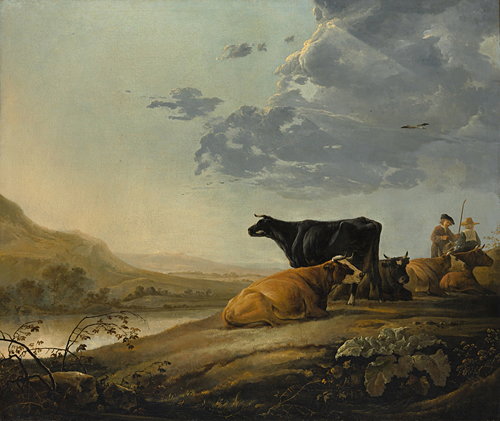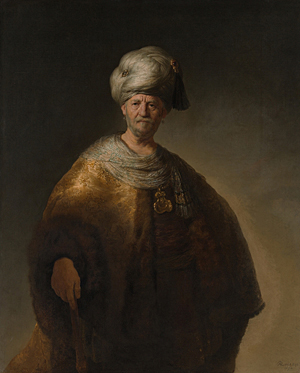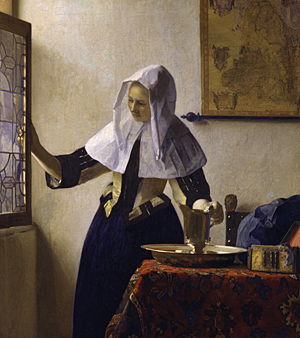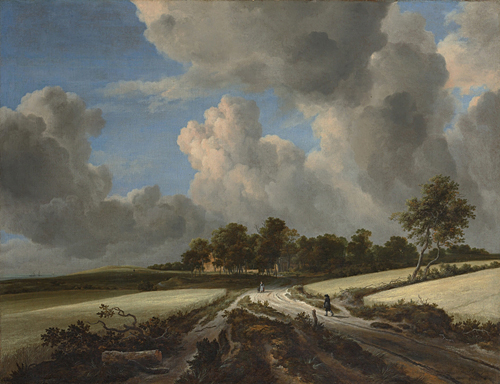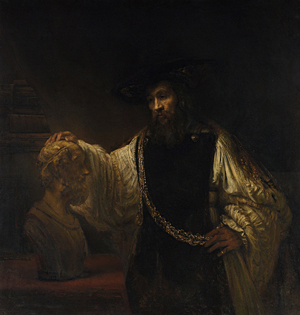
Today is Blog Action Day, which I learned about from Beth and Andy and Tom and Howard and Wendy and Darren and Stephen (I read some really interesting blogs!). I know, a little late in the day to learn about this, but that is just part of how technology seems to be changing how we operate and work.
What does this have to do with the environment, which is the point of Blog Action Day? Technology should help us be more efficient, but when we are not using it, there hardly seems any efficiency to keeping all of it on and using the electricity when we leave the office. To this end, I will begin turning off my monitor at work at the end of the day, rather than leaving it on as I was always taught to do with the old, large monitors. Mind you, my monitor at work is still large and thus uses a lot of power, and while I do turn my computer off, I never touched my monitor.
Furthermore, I will look into saving power from a corporate social responsibility perspective, and will look at work for whomever directs this initiative about saving power when computers and monitors are not in use.
How is that for a simple piece of action that can have large possible effects?
